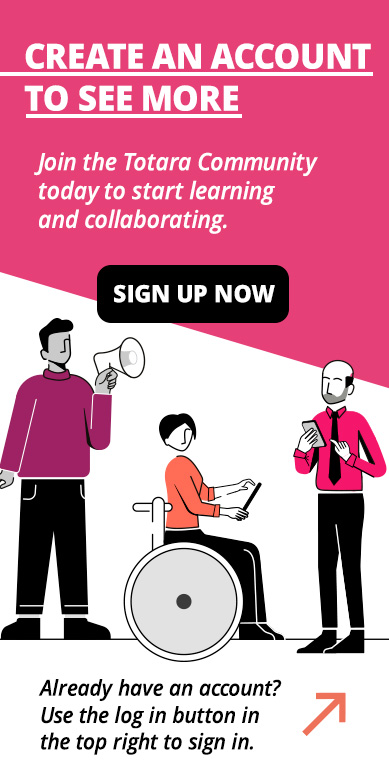View a transcript of this video
View a PDF version of this transcript
Multitenancy. It means different things to different people. So what do we mean by multitenancy at Totara?
We like this common definition: ‘A single, shared instance of software that serves multiple tenants, where the tenant is a group of users who share a common access with specific privileges to the software instance.’
Let’s take a step back and look at a Totara site without multitenancy.
Here, everything from users, to learning content, exists at a site-level.
Of course, there are additional structures within the single site, such as relationships between users, and course categories and sub-categories, but everything exists within the one site context.
Multitenancy adds an additional contextual layer.
You can decide whether a user or a course exists just at site-level or whether they are also associated with a tenant.
Some sites will contain only tenant-level content while others may have a mix of both.
A tenant has its own users, learning content such as courses, programs and certifications, performance activities such as appraisals and check-ins, workspaces and its own dashboard and set audience.
You decide whether tenants see only their own tenant-based content or a combination of their tenant content and site-level content.
You can also give responsibility for managing users, learning content and performance activities within a tenant to specific users in that tenant.
So that’s Totara multitenancy in a nutshell. Are you ready to get started?
